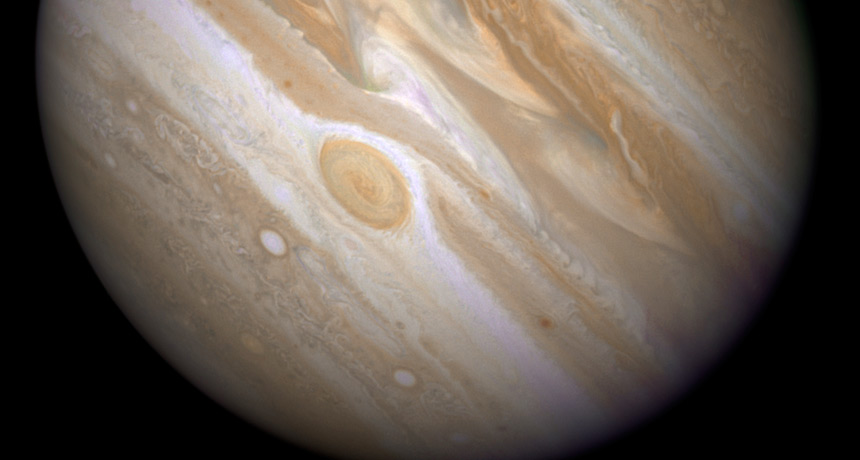Questions for ‘Juno’s knocking on Jupiter’s door’

Scientists have long studied Jupiter with telescopes, such as the Hubble Space Telescope, which created this image. But the Juno spacecraft will give them an even closer look.
NASA, ESA, E. Karkoschka/Univ. Arizona